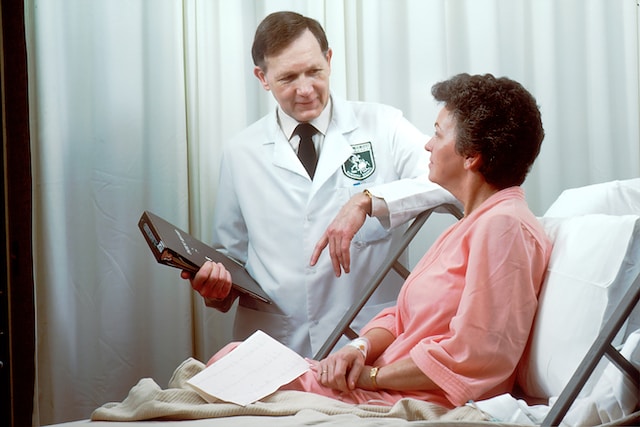Introduction
Lung cancer remains the leading cause of cancer-related deaths in the United States, claiming the lives of more people annually than breast, prostate, and colorectal cancers combined. Despite the availability of effective screening tools, a recent study published in the journal JAMA Oncology reveals that fewer than 1 in 5 eligible Americans are up to date with their lung cancer screenings. This alarming statistic underscores the urgent need to raise awareness about the importance of early detection and to remove barriers that prevent individuals from accessing these potentially life-saving services.
The Importance of Lung Cancer Screening
Lung cancer screening using low-dose computed tomography (LDCT) has been proven to significantly reduce lung cancer mortality in high-risk individuals. LDCT scans can detect lung cancer at an early stage, even before symptoms develop, increasing the likelihood of successful treatment and improving survival outcomes. Studies have shown that LDCT screening can reduce lung cancer deaths by up to 20% in eligible individuals.
Eligibility for Lung Cancer Screening
The United States Preventive Services Task Force (USPSTF) recommends annual lung cancer screening with LDCT for adults who:
- Are between the ages of 50-80
- Have a smoking history of 20 or more pack-years (one pack-year equals smoking one pack of cigarettes per day for a year)
- Are current smokers or have quit within the past 15 years
Benefits of Lung Cancer Screening
Along with reducing lung cancer mortality, LDCT screening offers several other benefits, including:
- Early detection and treatment of lung cancer, leading to better outcomes
- Reduced anxiety and uncertainty for individuals at high risk
- Cost-effectiveness when compared to treating advanced lung cancer
- Potential for diagnosing other health conditions incidentally

Barriers to Lung Cancer Screening
Despite the proven benefits of lung cancer screening, there are several barriers that prevent eligible individuals from accessing these services. These barriers include:
- Lack of awareness about screening recommendations
- Fear of radiation exposure
- Concerns about false positives and unnecessary follow-up procedures
- Cost and insurance coverage issues
- Limited access to screening facilities, especially in rural areas
- Transportation challenges
Overcoming Barriers to Lung Cancer Screening
To increase the number of eligible Americans who are up to date with lung cancer screenings, concerted efforts must be made to address the barriers mentioned above. These efforts may include:
- Public health campaigns to raise awareness and educate the public about lung cancer screening
- Provider education to ensure that healthcare professionals are knowledgeable about screening guidelines and best practices
- Insurance coverage expansion to make screening more affordable and accessible
- Investment in screening infrastructure to increase the availability of LDCT scans
- Transportation assistance for individuals who face challenges getting to screening appointments
The Role of Primary Care Providers
Primary care providers play a vital role in promoting lung cancer screening. They are often the first point of contact for patients and can provide information, education, and support regarding screening recommendations. By actively identifying eligible patients, discussing the benefits and risks of screening, and removing barriers to access, primary care providers can significantly contribute to increasing screening rates and improving lung cancer outcomes.
Conclusion
Lung cancer screening is a critical tool for reducing lung cancer mortality in eligible Americans. However, the current low screening rates indicate the need for urgent action to overcome barriers and increase access to these potentially life-saving services. By raising awareness, addressing barriers, and engaging primary care providers, we can work towards a future where more Americans have the opportunity to benefit from early detection and successful treatment of lung cancer.




